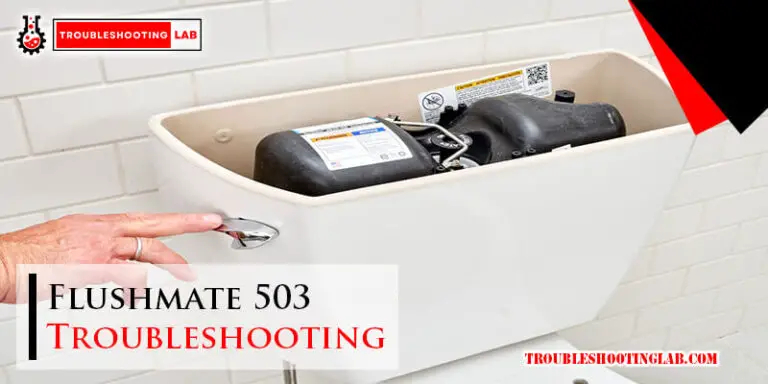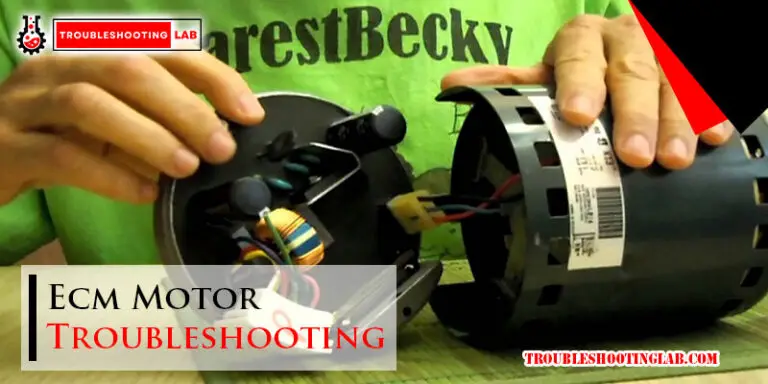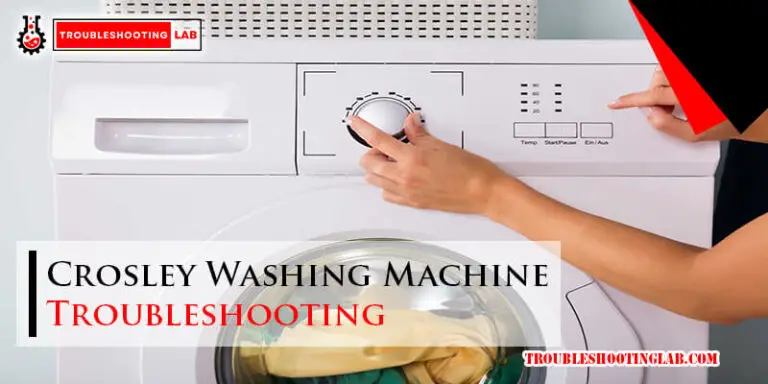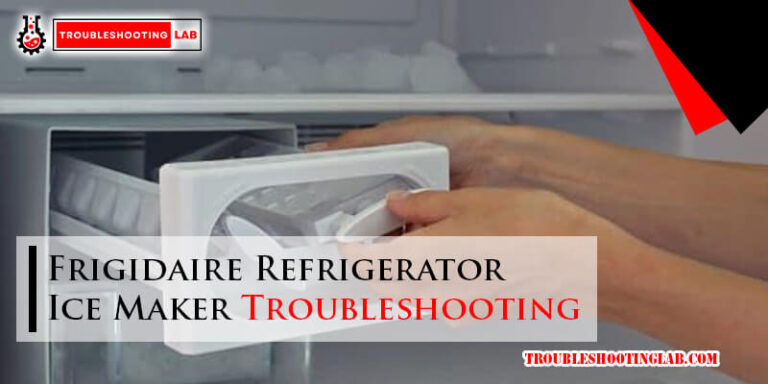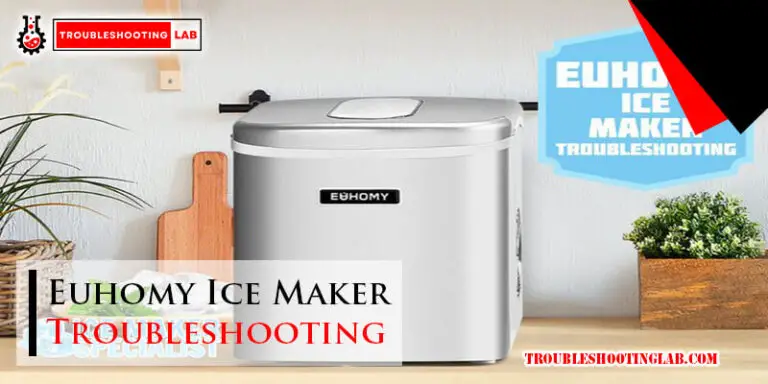AO Smith Water Softener Troubleshooting: Quick Fixes!
Troubleshooting an AO Smith water softener typically involves checking for salt bridges and power issues. Ensure the device settings are correct for your water hardness level.
A well-functioning AO Smith water softener ensures your household water is free from hard minerals, providing you with soft water for daily use. Encountering issues with your water softener can be frustrating, but with some basic troubleshooting steps, you can often identify and resolve common problems.
Before you call in a professional, it’s worth taking a few moments to examine the unit for any obvious signs of malfunction, such as error codes on the display panel or irregularities in water quality. Addressing issues promptly not only extends the lifespan of your softener but also maintains the efficiency of your water-using appliances. Remember to always consult your user manual for specific guidance tailored to your model, and perform regular maintenance to prevent future issues.
Introduction To AO Smith Water Softeners
Ao Smith creates solutions for hard water issues. Their water softeners protect pipes and appliances. These systems also improve water taste. They use advanced technology for efficient water softening.
Homeowners seek soft water benefits. Ao Smith delivers this through high-quality water softeners. Understanding how they work is key. This guide makes troubleshooting simple.
Significance Of Soft Water
- Prevents scale buildup in pipes and appliances.
- Enhances soap and detergent effectiveness.
- Keeps skin and hair soft and healthy.
- Reduces water heating costs.
- Extends the lifespan of plumbing systems.
Key Features Of Ao Smith Models
| Feature | Description |
|---|---|
| Filter Lifespan | Long-lasting filters need less replacement. |
| Smart Technology | Auto-adjusts to water usage patterns. |
| Easy Installation | Quick setup process with clear instructions. |
| User-Friendly Controls | Simplified operation with digital displays. |
| High Efficiency | Uses less salt and water during regeneration. |
Common Issues With Water Softeners

Water softeners are a key part of keeping water clean and soft. But sometimes, they face issues. Let’s look at some common problems and how to fix them.
Low Water Pressure
Low water pressure can be a big problem. It makes showers less fun and filling pots slow. This issue might come from clogged filters or pipes. First, check the filter. If it’s dirty, clean or replace it. Next, look at the pipes. Are they small or blocked? You might need to clean them or get bigger ones.
Salt Bridges And Salt Mushing
Sometimes, salt in the softener can form a hard layer. This is a salt bridge. It stops salt from mixing with water properly. Use a stick to gently break the bridge. But be careful not to damage the softener.
Salt mushing is another issue. It’s when salt turns into a thick sludge. This can block water flow. To fix it, remove the mushy salt and add fresh salt. Make sure to use the right kind of salt for your softener.
- Check filters regularly
- Inspect pipes for size and blockages
- Break salt bridges gently
- Remove salt mush and replace with fresh salt
| Issue | Signs | Fix |
|---|---|---|
| Low Water Pressure | Slow water flow | Clean filter, check pipes |
| Salt Bridges | Hard layer on salt | Break gently |
| Salt Mushing | Sludge in tank | Remove and replace salt |
Troubleshooting No Soft Water Production
Is your Ao Smith Water Softener not producing soft water? This issue can disrupt your daily activities and affect your home appliances. But don’t worry! Simple troubleshooting steps can often solve the problem. We will guide you through the essentials: checking salt levels and resetting the system.
Checking Salt Levels
Low salt levels can cause your softener to stop producing soft water. Perform these checks:
- Open the brine tank.
- Check for salt bridges or salt mushing.
- Ensure salt levels are above water lines.
- Break any bridges or remove mush.
- Refill with appropriate salt if needed.
Correct salt levels help maintain steady soft water production.
Resetting The System
If salt levels are fine, try resetting the water softener. Follow these steps:
- Locate the power button or switch.
- Turn off the system for 1 minute.
- Turn it back on to reset.
- Check for soft water after a few hours.
A reset can often kick-start your system back to normal function.
Resolving Salt Tank Problems
When your home water feels hard, an Ao Smith Water Softener often comes to the rescue. But what happens when the salt tank, a crucial component, starts acting up? Resolving salt tank problems ensures your water stays soft and your system runs efficiently.
Clearing Salt Blockages
Salt blockages can bring your water softening to a halt. To fix this:
- Turn off the softener and remove the tank’s lid.
- Break up visible salt bridges using a broom handle.
- Remove large salt chunks that might block the brine well.
- Use warm water to dissolve smaller salt clogs.
- Restart the system and check for proper operation.
Maintenance Tips For Salt Tank
Maintain your salt tank regularly for the best results:
- Check salt levels monthly, and keep the tank half-full.
- Use the right salt type recommended by Ao Smith.
- Clean the tank annually to prevent residue buildup.
- Inspect the brine line and clean it for clear water flow.
- Ensure the safety float moves freely and functions well.
Fixing Electronic Control Errors
Fixing Electronic Control Errors on your AO Smith Water Softener can seem daunting. Yet, it’s simpler than you think. Let’s dive into understanding error messages and dealing with power issues.
Decoding Error Messages
First, let’s tackle error messages. Your AO Smith Water Softener uses codes to communicate. These codes tell you what’s wrong. Here’s a quick guide:
- E1: Electrical issue. Check the power source.
- E2: Temperature error. The water might be too hot or cold.
- E3: Motor issue. The motor might not move correctly.
Each code has a fix. For E1, check your electrical connections. For E2, let water sit until it’s room temperature. For E3, you might need a professional’s help.
Power Interruptions And Resets
Power issues can confuse your softener. A simple reset often fixes this. Follow these steps:
- Unplug your softener for 1 minute.
- Plug it back in. Wait for it to start up.
- Press and hold the reset button for 3 seconds.
This process can clear errors and reboot the system. If errors persist, check your manual. It might suggest specific solutions.
Motor And Valve Assembly Issues
Water softeners play a vital role in keeping your water pure and appliances running smoothly. However, the motor and valve assembly in your A.O. Smith Water Softener are prone to issues that can disrupt this harmony. Understanding common problems and how to troubleshoot them keeps your system efficient.
Diagnosing Motor Failures
Motor issues often manifest as a water softener failing to cycle. Signs include strange noises or no movement from the motor. Let’s explore the steps to diagnose these problems:
- Check the power supply to ensure the unit is plugged in.
- Inspect the motor for signs of damage or wear.
- Listen for unusual sounds that could indicate a motor malfunction.
- Use a multimeter to test the motor’s electrical continuity.
If the motor fails these checks, replacement may be necessary. Consult your user manual or a professional for guidance.
Valve Cleaning And Replacement
The valve assembly controls water flow and regeneration cycles. Over time, valves can become clogged or wear out. Follow these steps for maintenance:
- Turn off the water supply and relieve pressure.
- Disassemble the valve carefully, noting the placement of components.
- Clean each part with a non-abrasive cleaner.
- Replace any parts that show signs of damage or wear.
- Reassemble the valve, ensuring all seals are tight.
Regular cleaning can prevent valve issues. If problems persist, a full replacement may be needed.
Water Quality And Filter Maintenance
Maintaining your Ao Smith Water Softener is key. Good water quality depends on it. Regular maintenance ensures performance. It prevents issues.
Testing Water Hardness
Test water hardness to check your system. Use a hardness test kit. It’s easy and quick. Match the color to the chart. It shows the hardness level. Check regularly. It ensures the softener works well.
Replacing And Cleaning Filters
Clean and replace filters to keep water pure. Follow these steps:
- Turn off the water softener.
- Remove the filter carefully.
- Clean the filter with water. Use a brush if needed.
- Check the filter for damage. Replace if torn or worn out.
- Install the new filter. Ensure it fits snugly.
- Turn on the water softener. Check for leaks.
Do this every six months. It may vary based on your water usage. Check the manual for specific instructions.
Professional Vs. DIY Repair
Ao Smith Water Softener problems can leave you in a lurch. Homeowners often face a dilemma between Professional vs. DIY Repair. Some issues might need expert hands. Others you can fix yourself with the right guidance. Know when to roll up your sleeves and when to dial for professional help.
When To Call A Technician
Some water softener troubles demand technical expertise. You might notice strange noises, persistent errors, or a complete system halt. These signs point to internal failures. A technician’s skills ensure a safe, effective fix. They also offer warranties on their work. List the issues beyond DIY scope:
- Electrical malfunctions
- Complex mechanical breakdowns
- Water softener not regenerating
- Control valve issues
Safe Diy Practices
Minor issues like blockages or salt bridges don’t always need a pro. With the right tools and steps, you can fix these. Follow the manual’s instructions. Turn off power and water supply before starting. Wear safety gear. Use the below table to address common DIY fixes:
| Problem | DIY Solution |
|---|---|
| Salt Bridges | Break the bridge with a broom handle |
| Resin Bead Clogs | Clean with iron-out cleaner |
| Minor Salt Clogs | Pour hot water to dissolve salt |
Preventative Measures And Regular Care
Preventative Measures and Regular Care are key to the longevity of your Ao Smith Water Softener. Proper upkeep avoids common issues and ensures the system performs optimally. A dedicated approach to maintenance can prevent unexpected breakdowns and costly repairs.
Scheduled Maintenance
Maintaining a schedule for servicing your water softener is crucial. It ensures the unit functions efficiently and provides soft water consistently. Check the manual for specific maintenance timelines. Here is a brief guide to help you:
- Inspect the salt level monthly.
- Clean the brine tank annually.
- Check for salt bridges and remove them.
- Test water hardness quarterly.
Avoiding Common Mistakes
Some habits can harm your water softener. Here’s what to avoid:
| Mistake | Impact | Prevention Tip |
|---|---|---|
| Ignoring unusual noises | Can signal internal issues | Investigate sounds promptly |
| Using wrong salt type | Reduces efficiency | Use manufacturer-recommended salt |
| Setting incorrect hardness level | Strains the system | Adjust settings as needed |
Remember, a little care goes a long way. Stay vigilant with these tips to keep your water softener in top shape.
Conclusion And Additional Resources
Navigating through Ao Smith Water Softener Troubleshooting can seem daunting. Yet, with the right approach, you can resolve many issues yourself. This section aims to wrap up our guide and point you toward further resources. Let’s ensure your water softener runs smoothly with these final insights.
Recap Of Quick Fixes
- Check the power supply. Ensure it’s plugged in.
- Reset your system. Sometimes, this solves the problem.
- Inspect the salt levels. They should not be too low.
- Look for salt bridges. Break them down if found.
- Examine the bypass valve. It should be in the correct position.
These steps often fix common issues. They save time and effort.
Further Reading And Support
For deeper issues or more information, consider these resources:
- Ao Smith User Manual: Your first go-to resource.
- Online Forums: Many users share solutions here.
- Customer Support: Ao Smith offers expert help.
- YouTube Tutorials: Visual guides can be very helpful.
- Professional Services: Sometimes, a pro is needed.
Remember, you’re not alone. Help is always available.
Frequently Asked Questions
Why Is My Ao Smith Softener Beeping?
AO Smith water softeners beep to indicate an error or maintenance requirement. Check the display for error codes and consult the manual for specific troubleshooting steps.
How To Reset Ao Smith Water Softener?
To reset an AO Smith water softener, locate the ‘Reset’ button on the control panel. Press and hold it for a few seconds until the system restarts. This can resolve minor glitches.
What Does ‘e1’ Error Mean On Ao Smith?
An ‘E1’ error code on AO Smith water softeners typically signifies a motor malfunction. It may require resetting the system or contacting customer service for motor-related issues.
Can Low Salt Cause Softener Issues?
Yes, low salt levels can impair a water softener’s performance. Ensure the salt tank is at least half-full with the correct type of salt for optimal functionality.
How To Clean Ao Smith Softener Nozzle?
Cleaning the nozzle of an AO Smith water softener involves shutting off the water supply, disassembling the nozzle, and carefully rinsing it with warm water to remove any debris or buildup.
Conclusion
Navigating through Ao Smith water softener issues doesn’t have to be daunting. With the right steps, you can easily diagnose and fix common problems. Remember, regular maintenance is key to preventing future issues. Whether it’s salt bridges or regeneration errors, solutions are within reach.
Keep this guide handy for a hassle-free troubleshooting experience.

